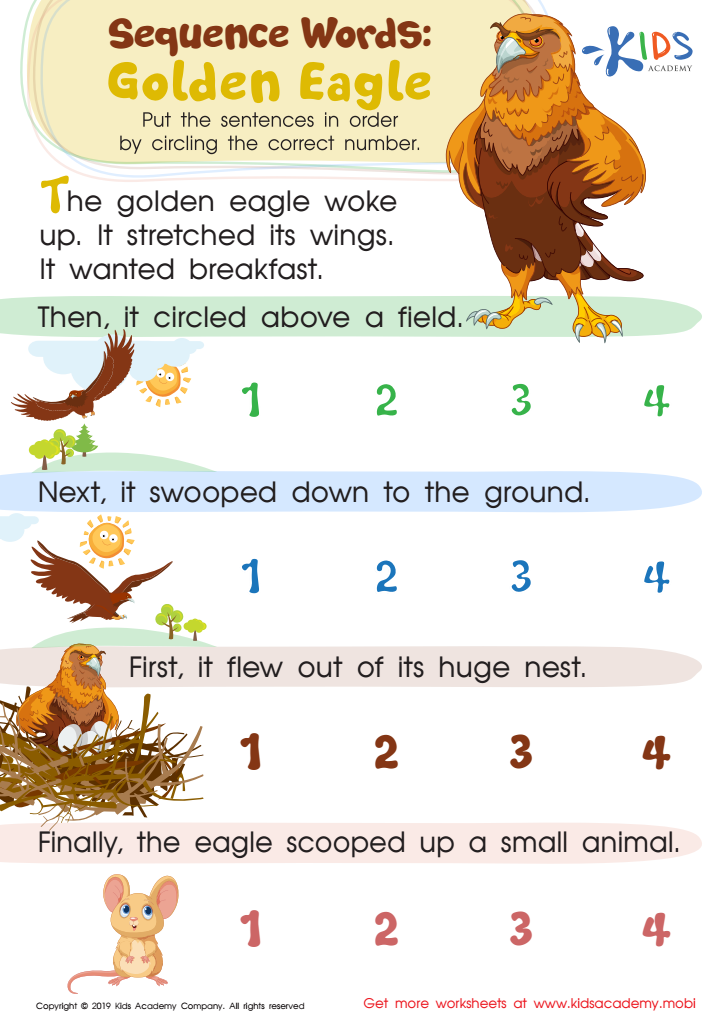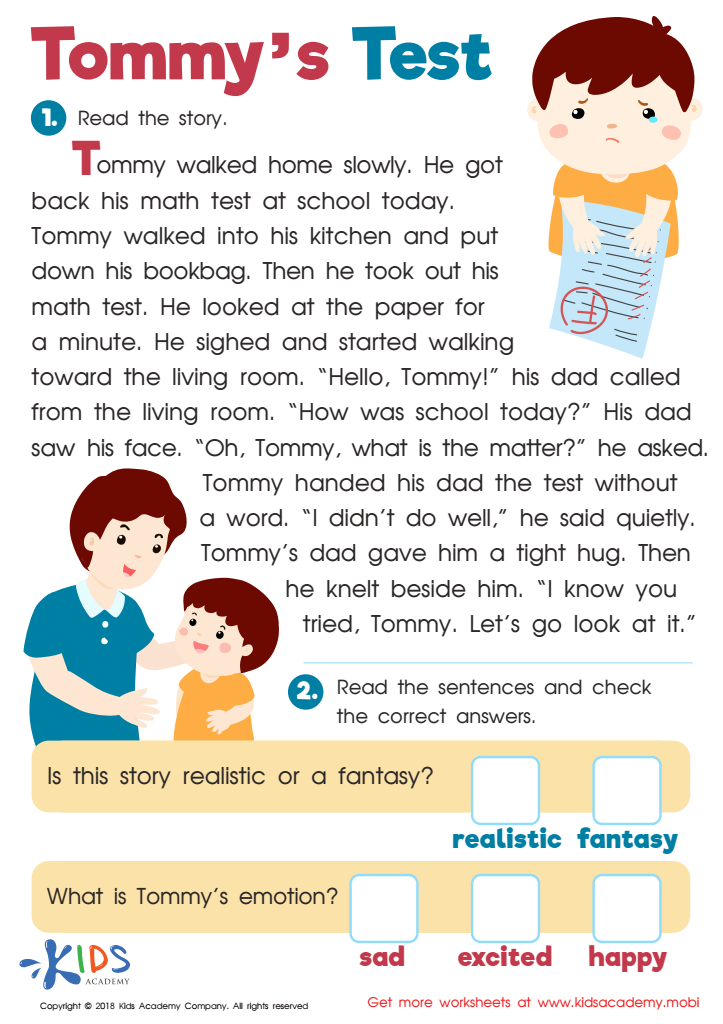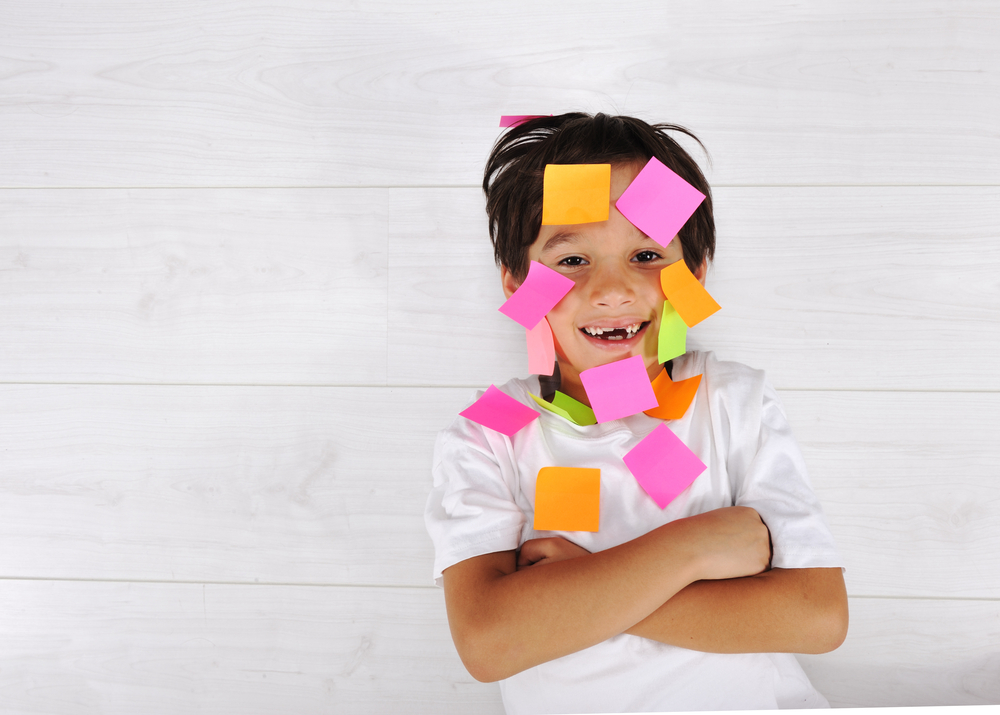Understanding Sequences Reading Comprehension Worksheets for Ages 8-9
3 filtered results
-
From - To
Help your 8-9-year-olds boost their reading skills with our "Understanding Sequences Reading Comprehension Worksheets." These engaging resources are designed to enhance students' abilities to identify and understand the order of events in a story. By practicing sequencing, children will improve their comprehension and critical thinking skills, paving the way for deeper understanding of texts. Each worksheet features age-appropriate stories followed by stimulating questions that encourage kids to recognize patterns and make connections. Perfect for home or classroom use, these worksheets provide valuable practice that supports literacy development in a fun and interactive way. Access our worksheets and watch your child's reading skills flourish!


Sequence Word Eagle Worksheet


Tommys Test Worksheet


Sequencential Order Worksheet
Understanding sequences in reading comprehension is crucial for children aged 8-9, as it lays the foundation for critical literacy skills. At this age, children are evolving from learning to read to reading to learn. Recognizing sequences helps them grasp the structure and flow of narratives, which enhances their understanding of plots, cause and effect, and character development.
Parents and teachers should care about this skill because it influences overall comprehension. When children can identify the order of events, they can summarize stories more effectively, making connections and predictions about what might happen next. This encourages independent thinking and improves retention of material.
Moreover, competency in understanding sequences supports reading across various subjects—fiction, non-fiction, and even science or history where timelines are essential. By fostering these skills early, both parents and teachers can instill confidence and motivation in children, encouraging a lifelong love of reading. It also prepares them for more complex texts in further grades, aligning with curriculum expectations. With strong sequence comprehension, children can engage deeper with content, leading to improved academic performance and enriching their vocabulary and critical thinking capabilities.
 Assign to My Students
Assign to My Students




















